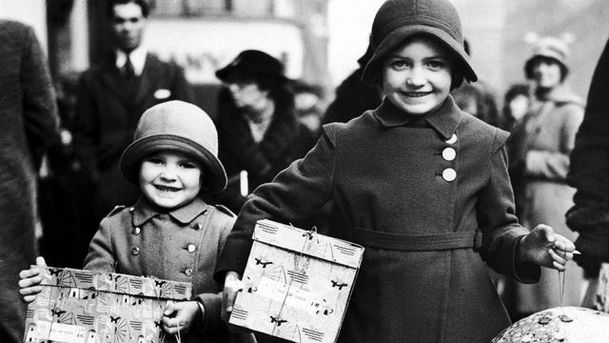A Tale of Two Britains

The conventional view of 1930s Britain is of slag heaps, unemployed men hanging round street corners with nothing to do, hunger marches and economic depression. This is only part of the truth, as the 1930s was a period of transformation. While most of the world suffered from the depression, the UK was able to shrug off the worst effects thanks to prudent management of the economy by the National Government and a degree of protectionism. Areas of high unemployment remained, but they were isolated from the general trend. For many, it was a time of rising prosperity. Consumption increased as new gadgets - vacuum cleaners, cookers, fridges - came on the market. Car ownership increased massively and, as leisure time grew, so did travel as people took holidays, often for the first time. Millions went to the cinema, and eating out became commonplace. To back up the increase in consumption new forms of credit emerged, with HP the most popular. Using interviews with people who remember the decade, this documentary offers an alternative vision of Britain in the 30s and shows that, after the recovery from the slump that followed the crash of 1929, life was good for a large proportion of the country. It celebrates the growing market for entertainment and consumer goods, explains how a boom in housing transformed the lives of millions of slum dwellers, shows how new towns grew up near centres of economic growth, and challenges the view that the period was one of national gloom and austerity. A considerable amount of research has shed new light on the period, and historians like Peter Scott, Richard Overy, Juliet Gardiner and Martin Pugh underpin the film's thesis, which may surprise and cheer viewers who lived under the shadow of the bleak 1930s.